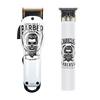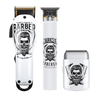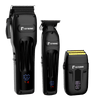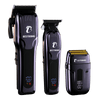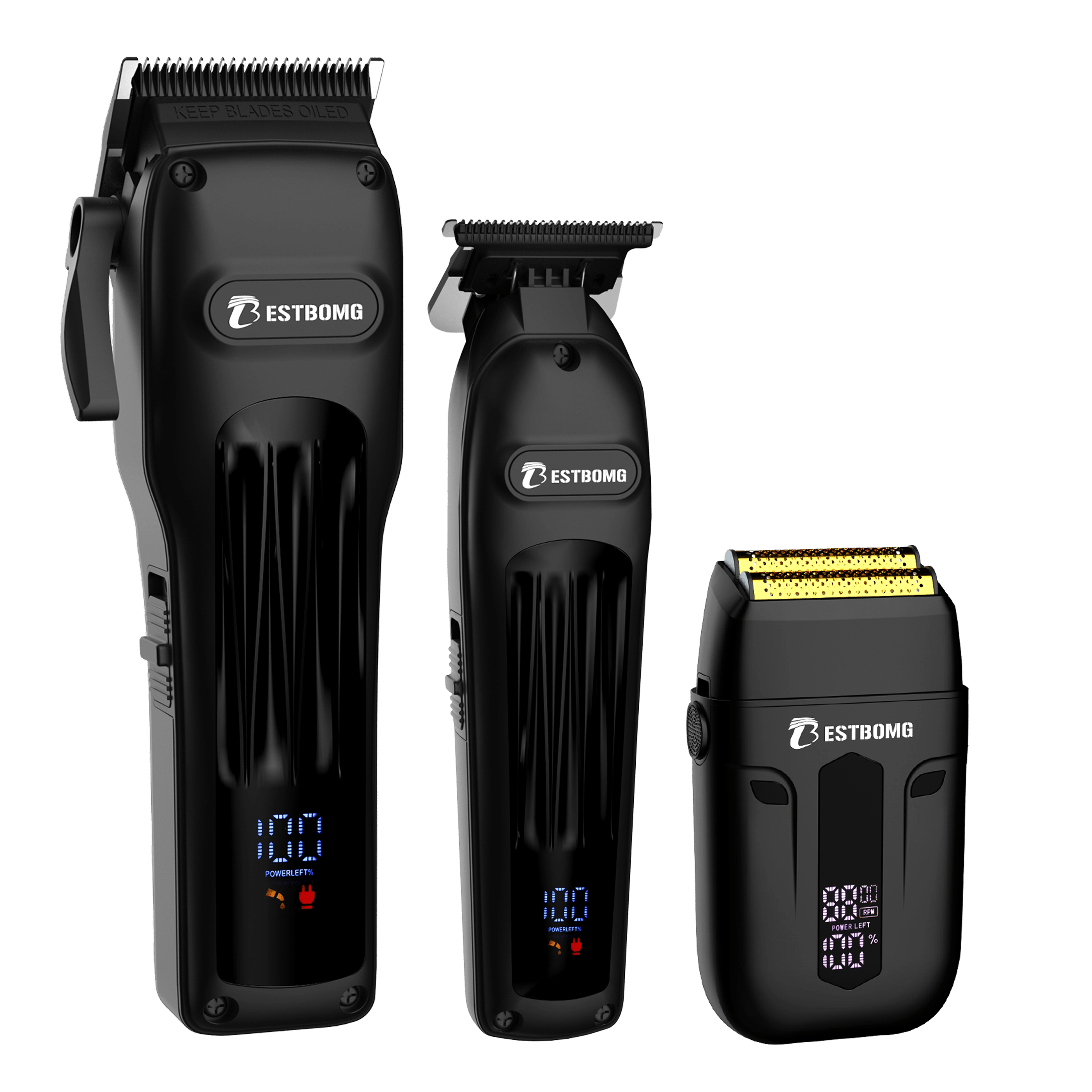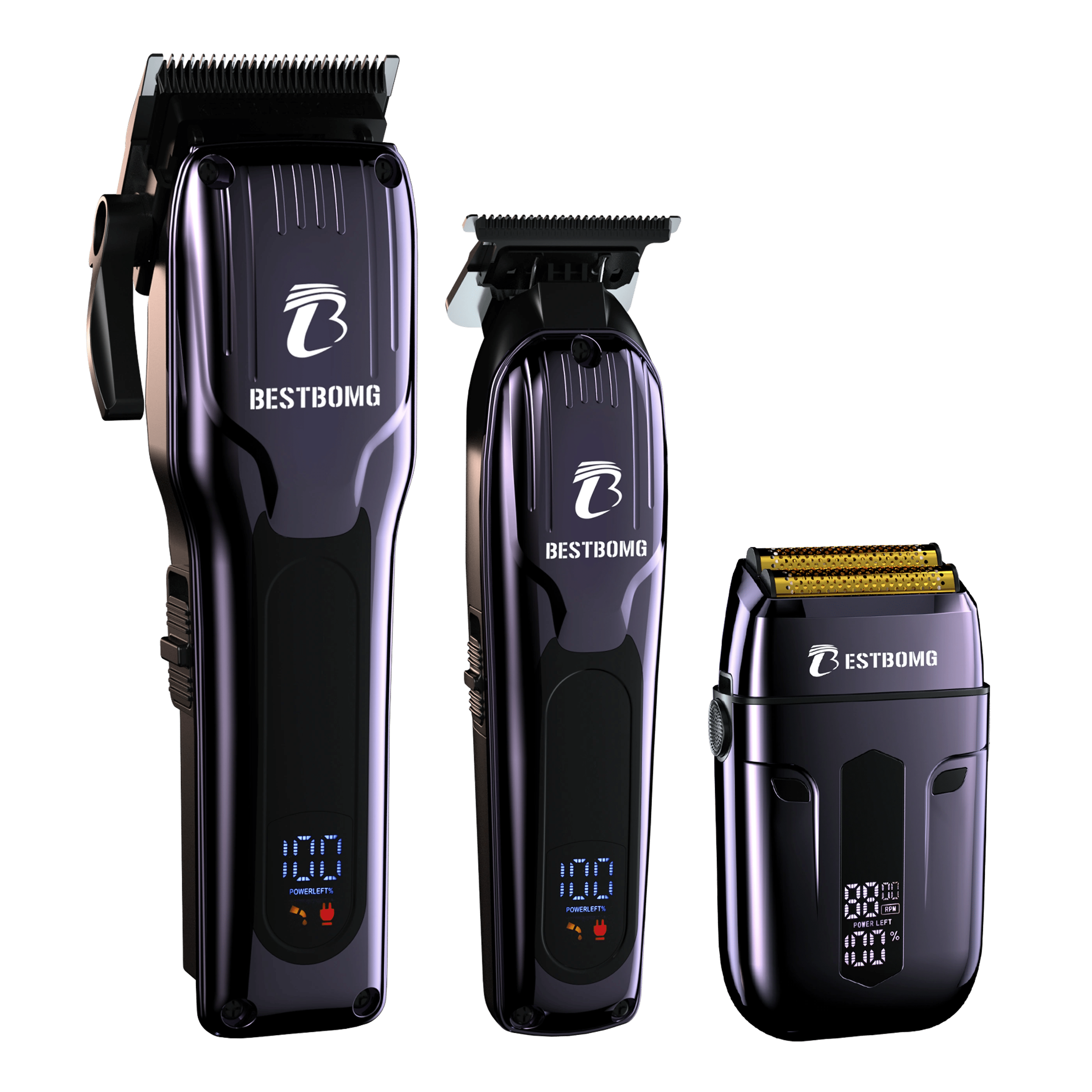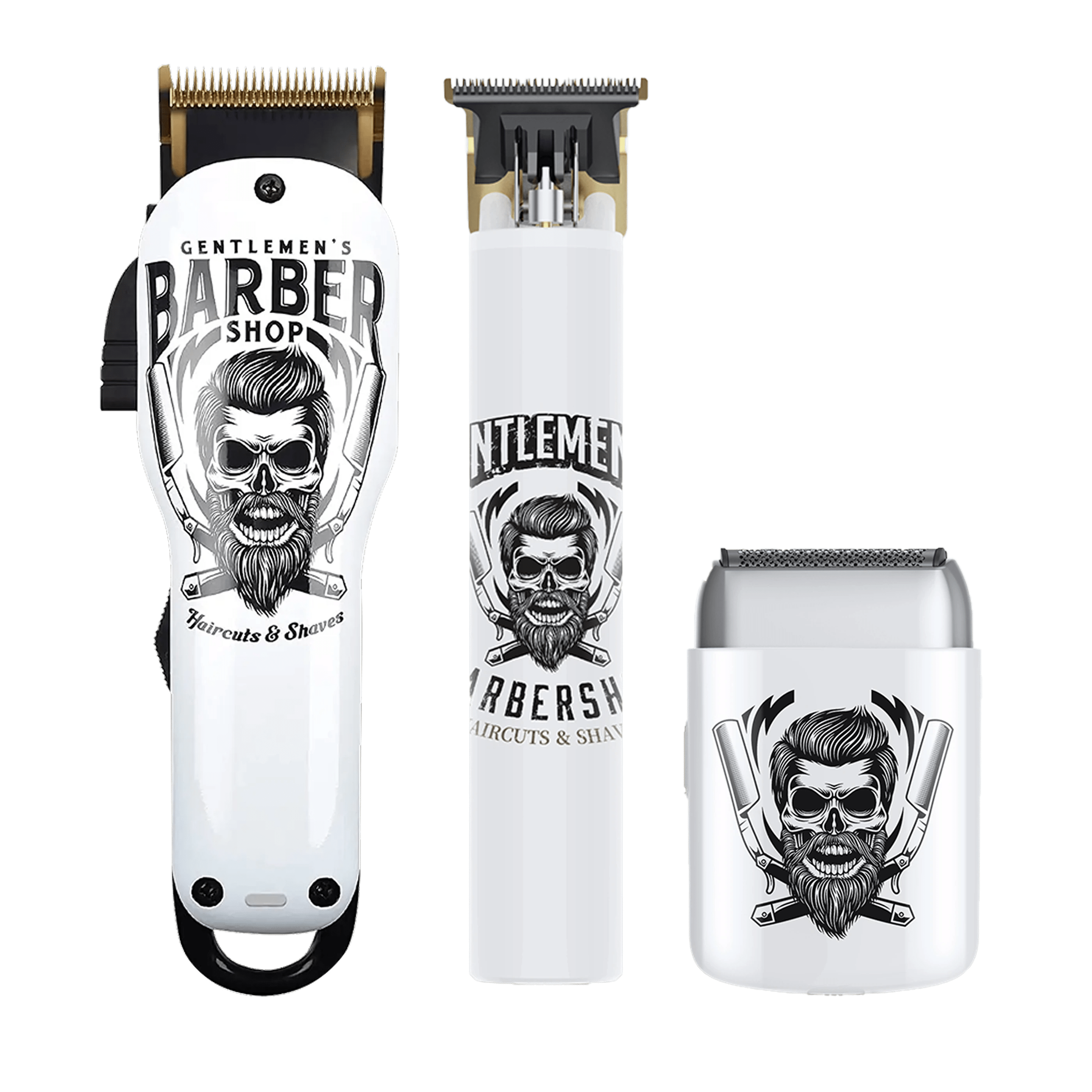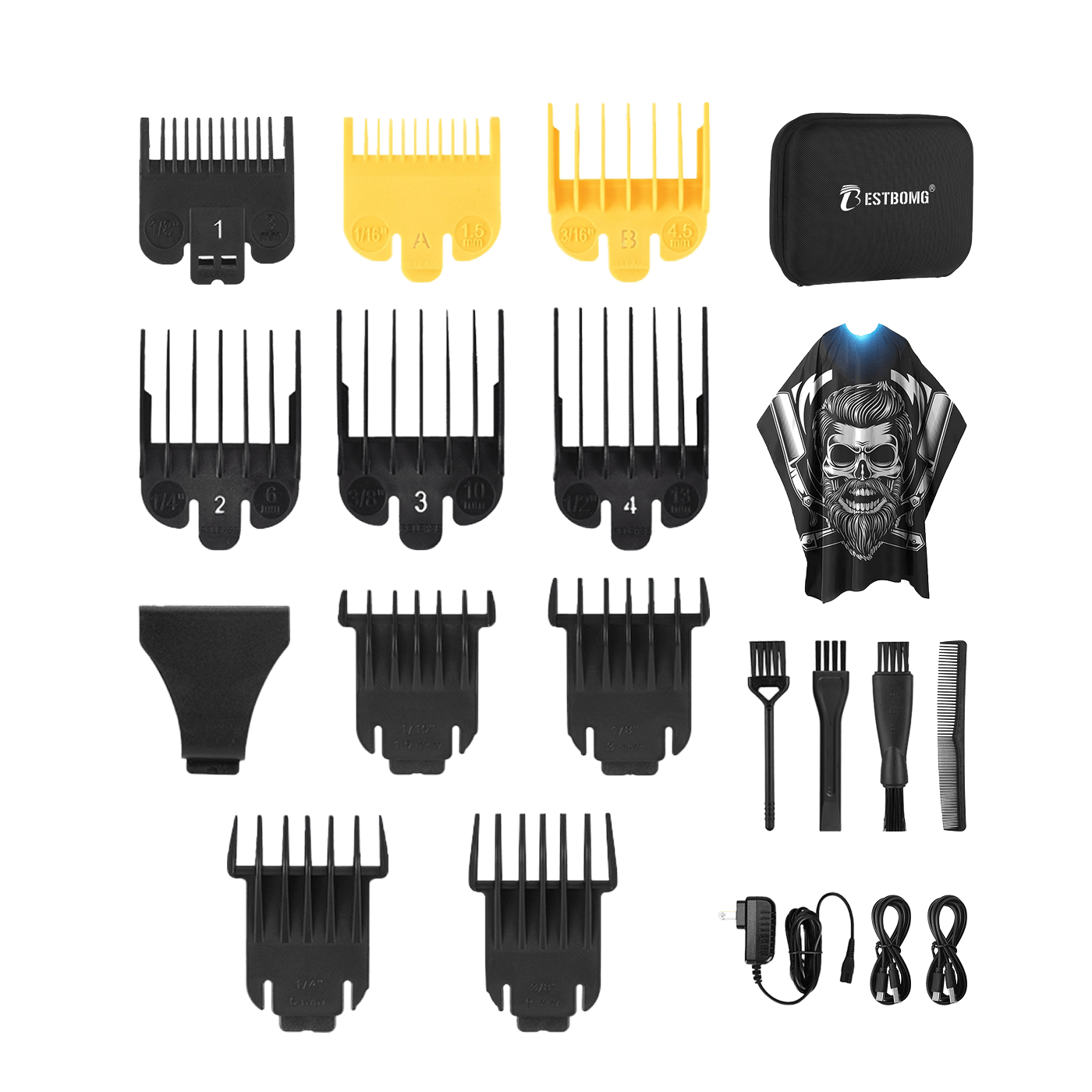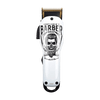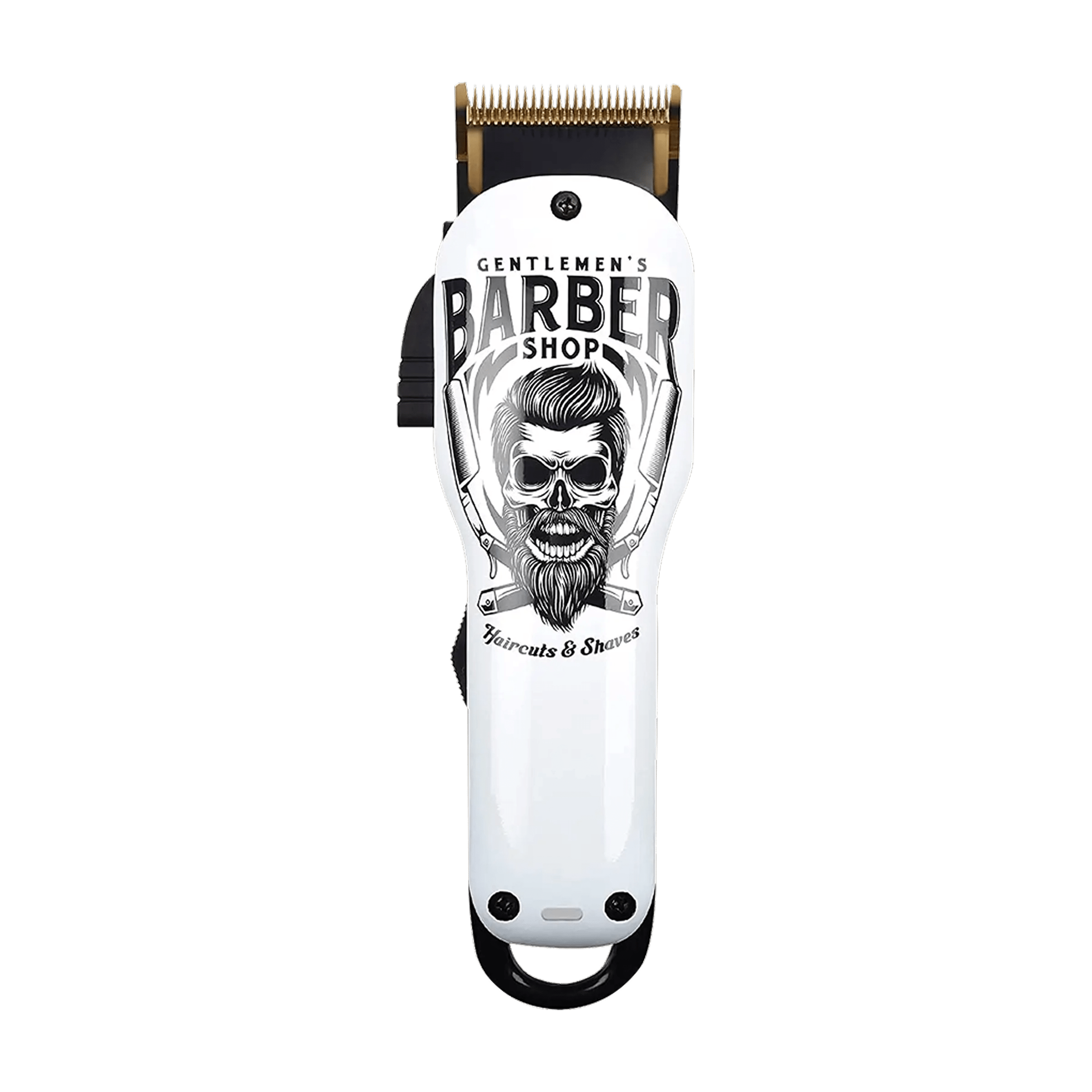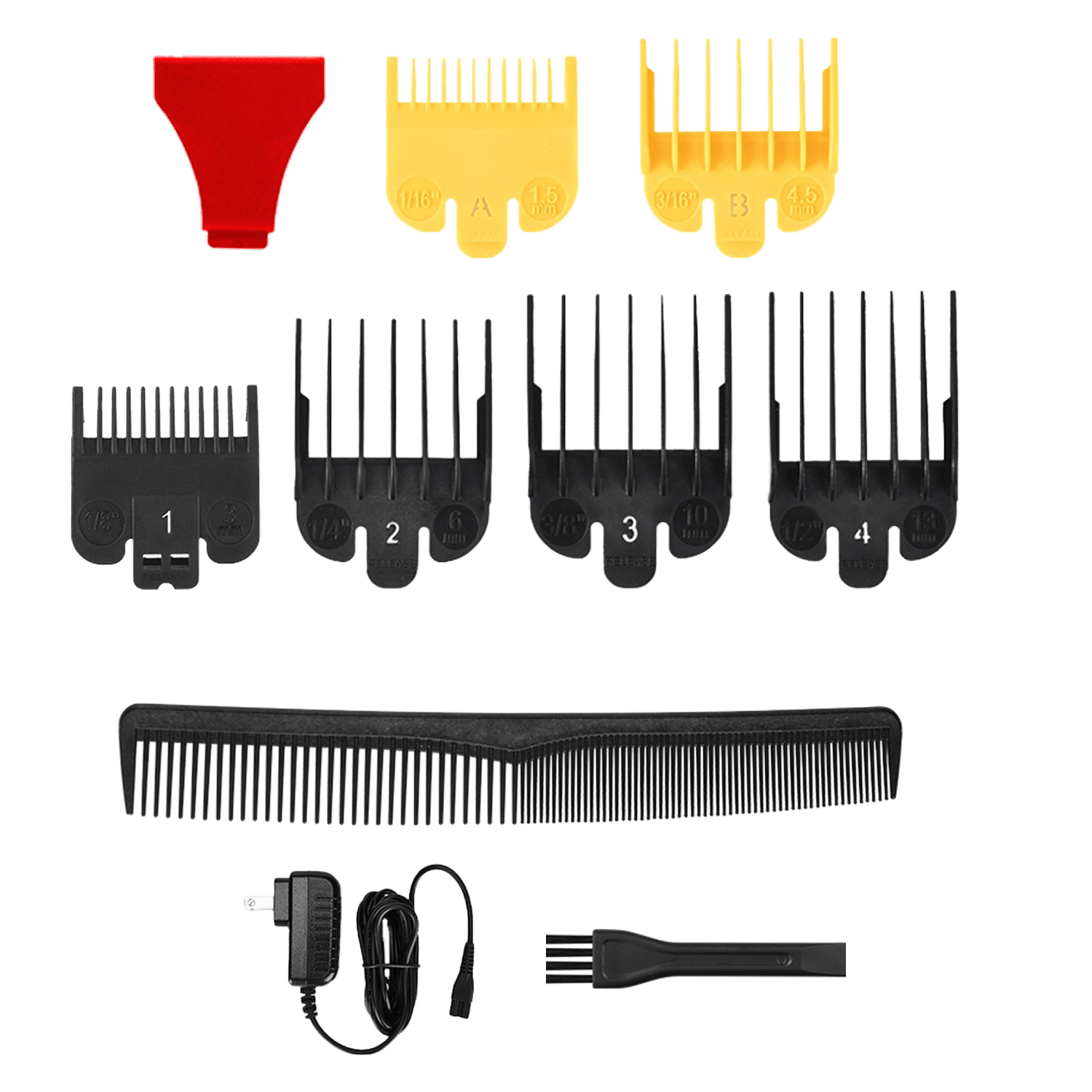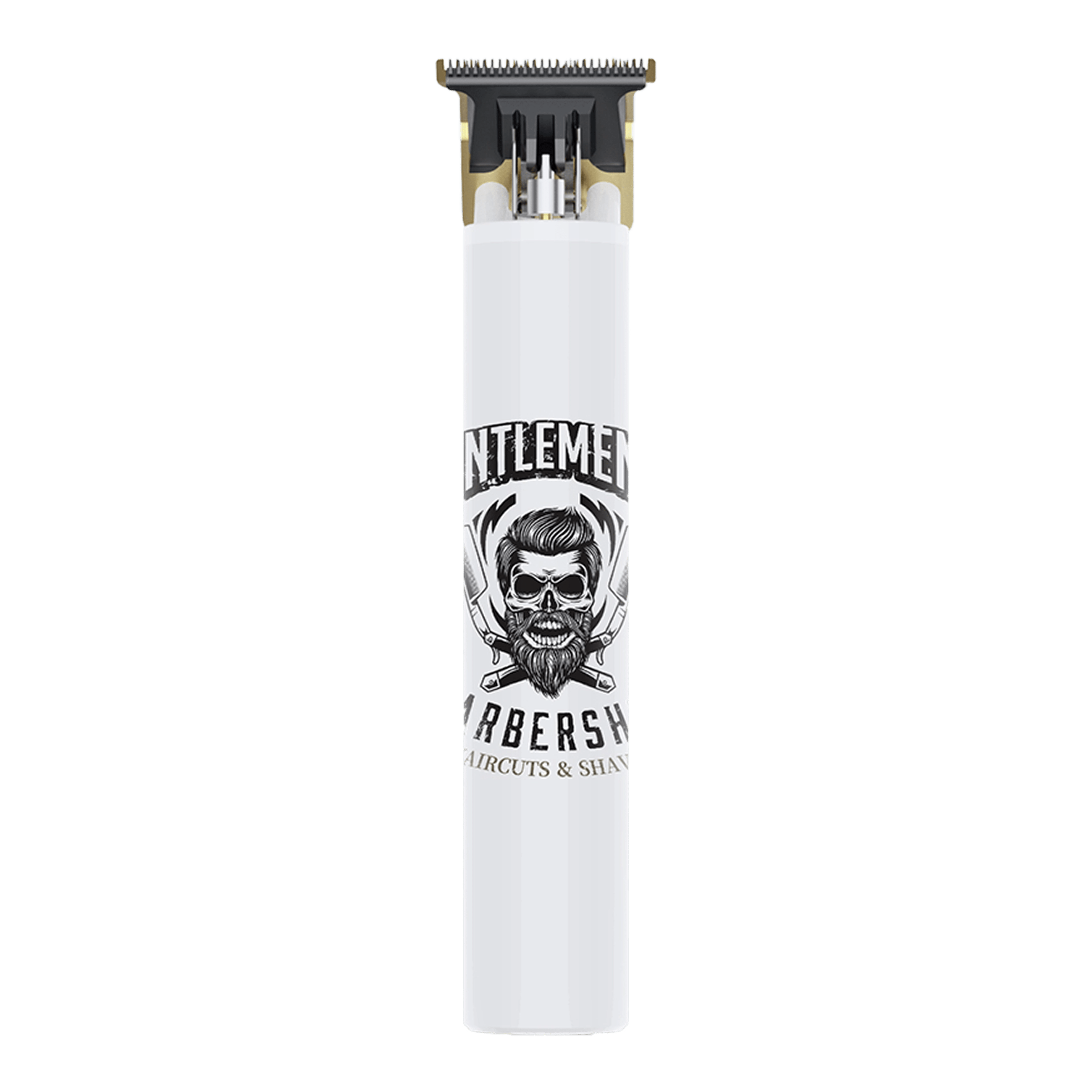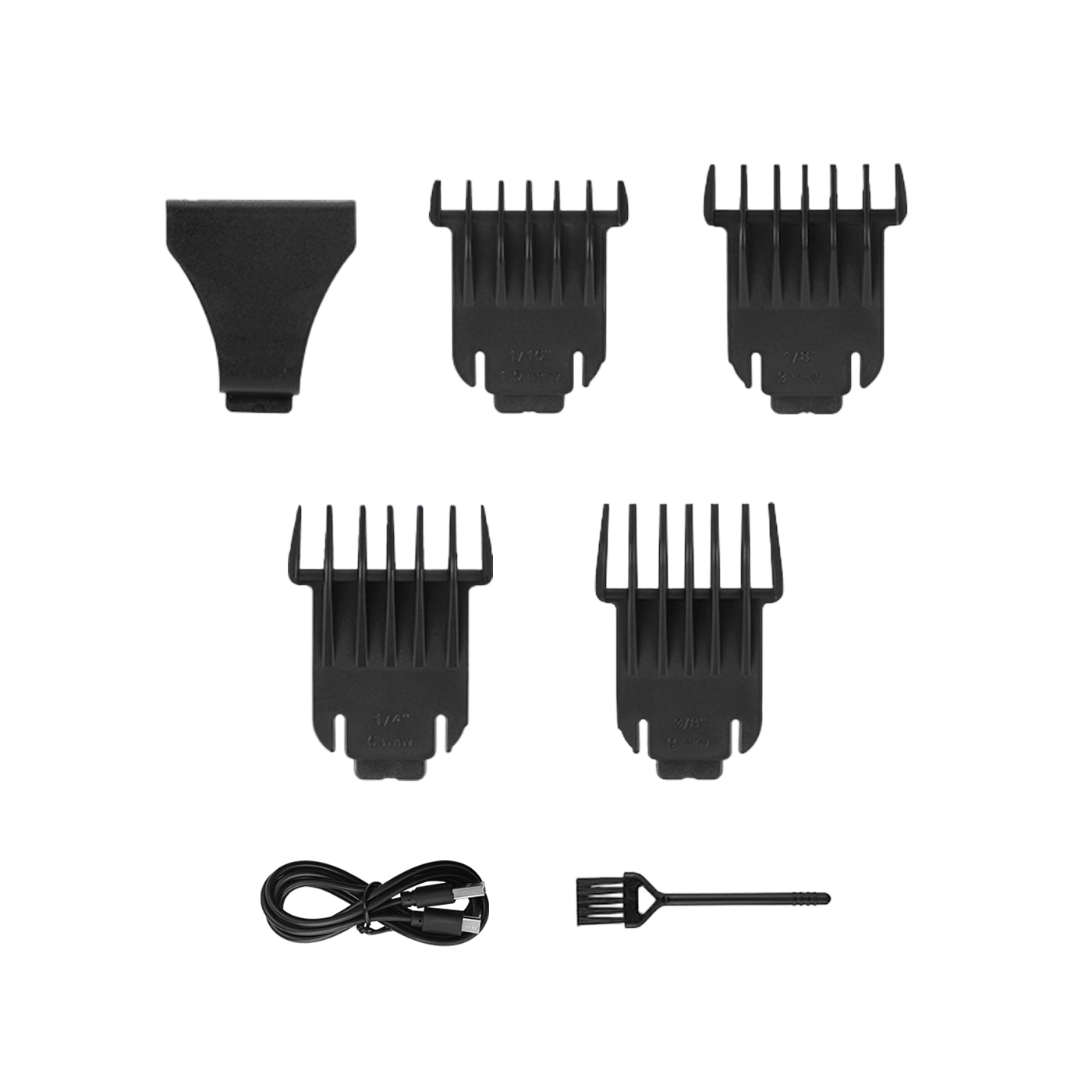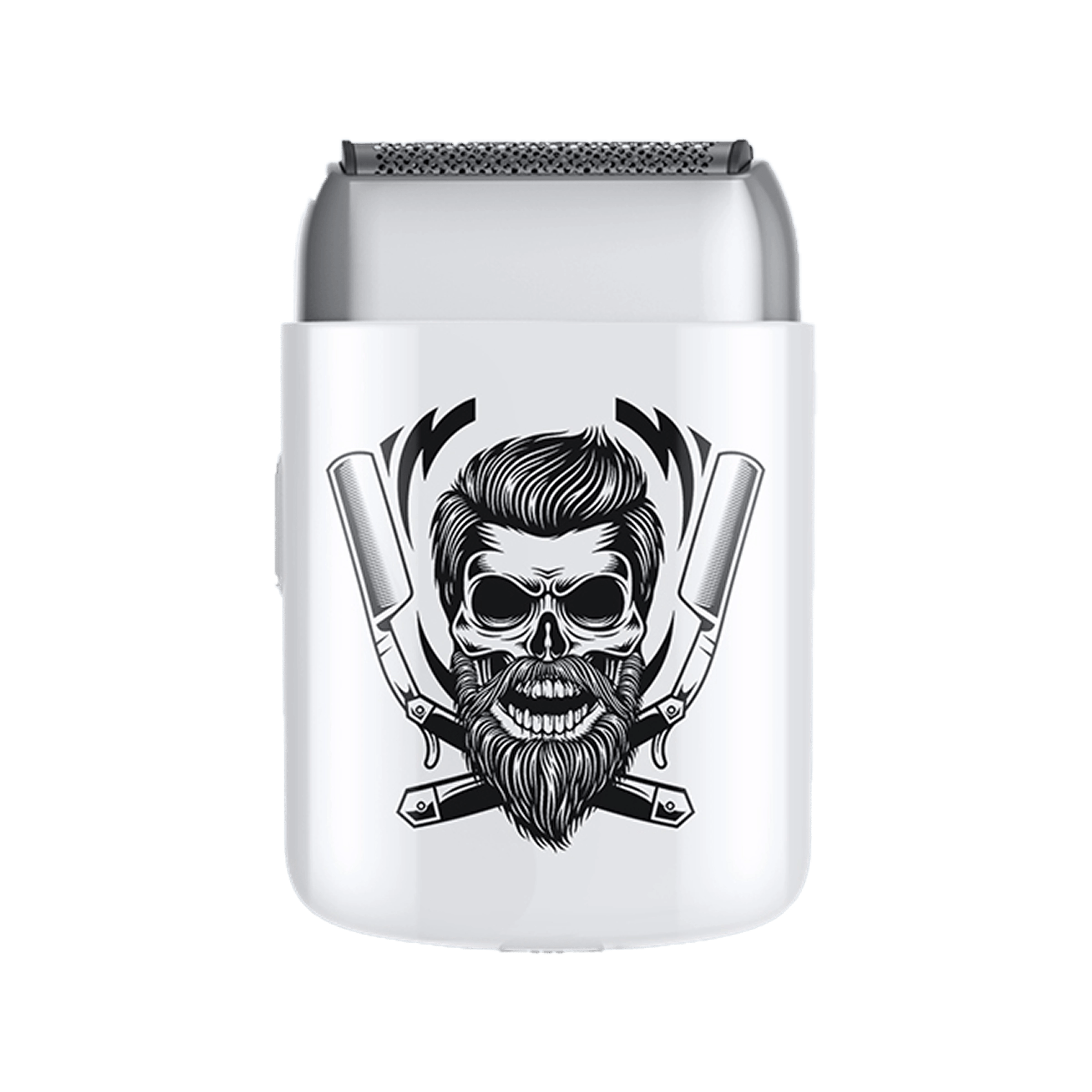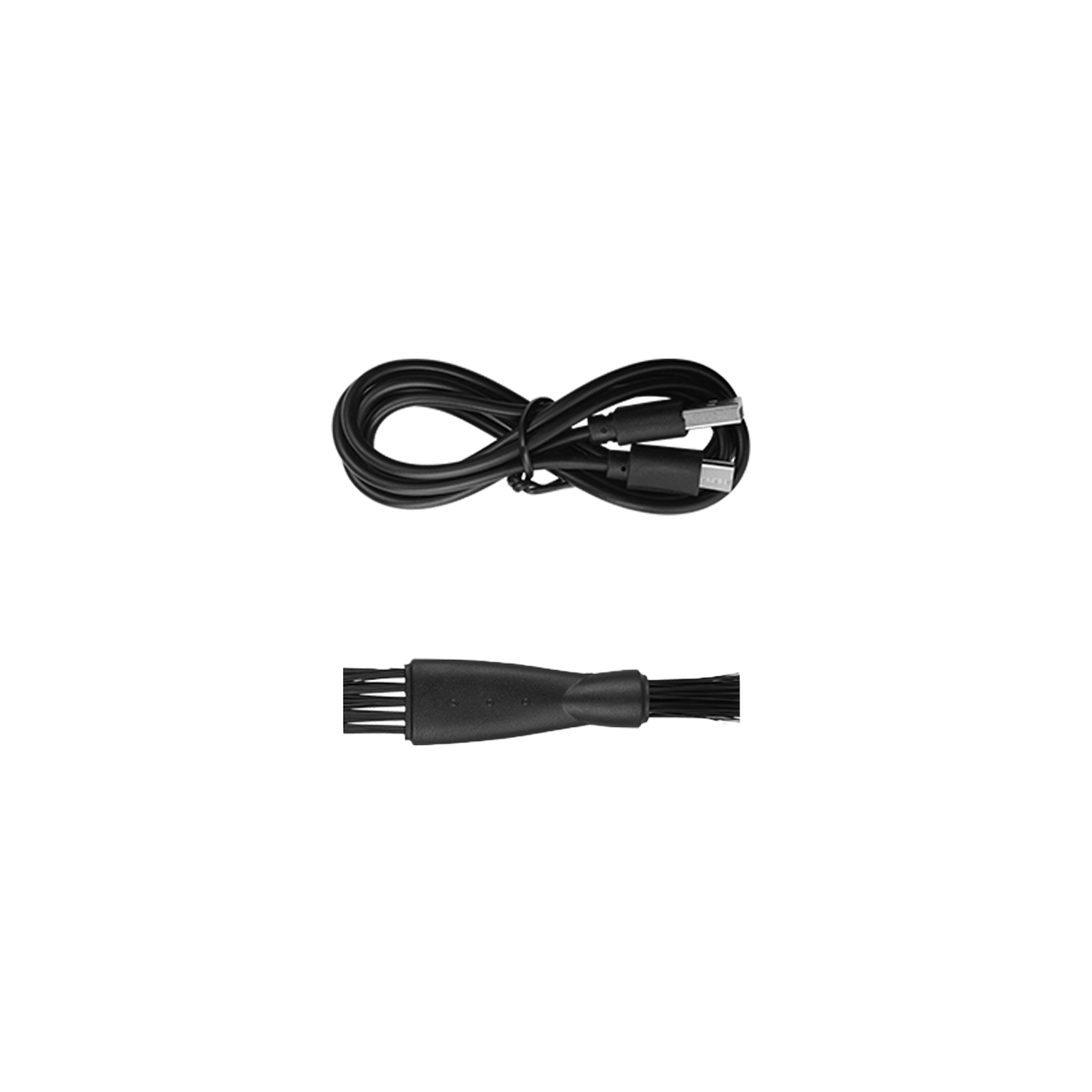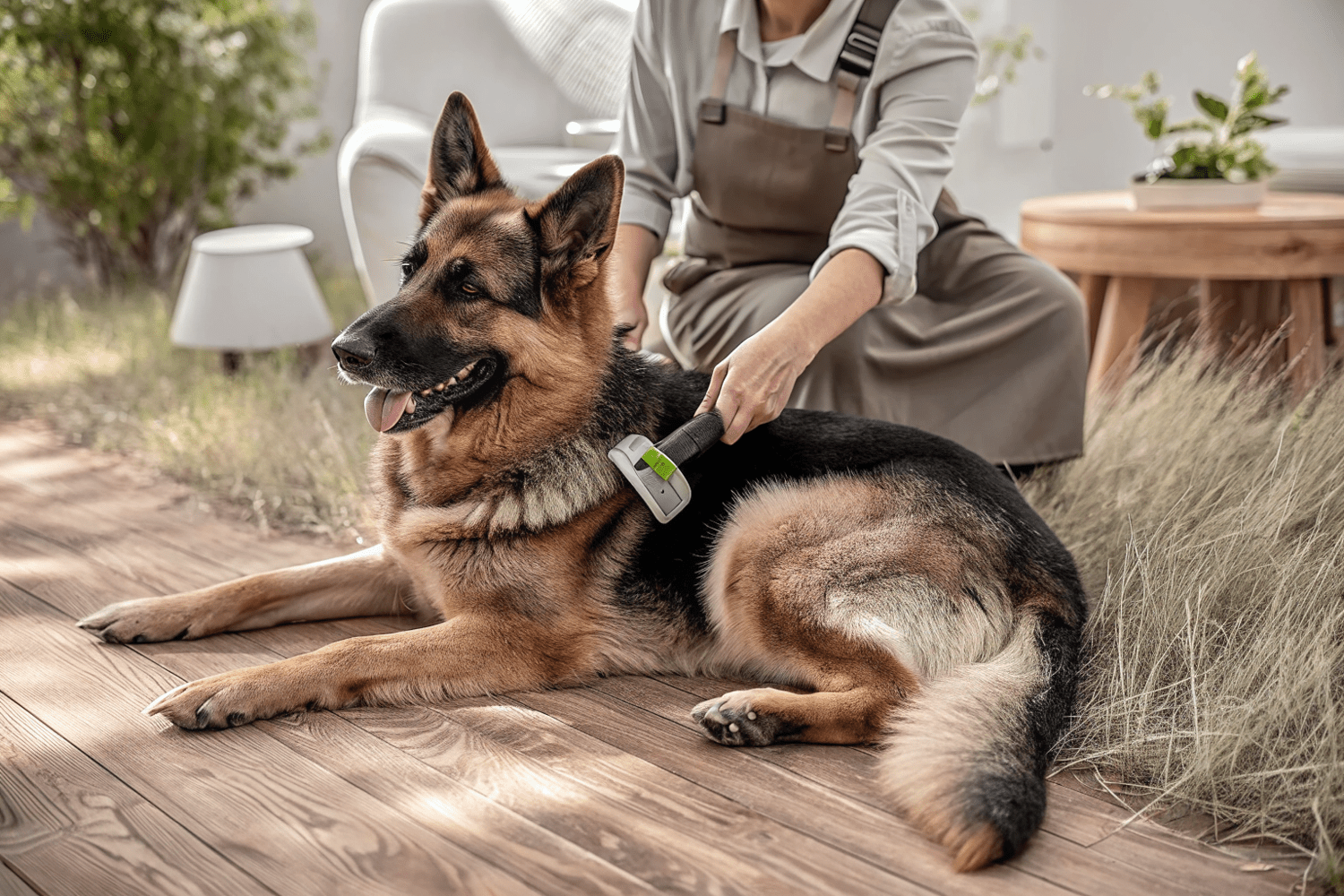Shedding is a natural process for all dogs, but excessive hair around your home can be frustrating. Learning how to stop my dog from shedding helps maintain a clean house while keeping your pet healthy and comfortable.
In this guide, you’ll discover practical tips on reducing hair loss, including brushing techniques, grooming tools, diet, and seasonal strategies. We’ll also explain how to stop my dog from shedding so much hair and manage shedding year-round.
Why Dogs Shed and When It’s Normal
All dogs shed, but frequency and volume vary by breed, age, and season. Common reasons include:
- Seasonal shedding: Many dogs lose their undercoat in spring and fall.
- Age: Puppies and senior dogs may shed differently.
- Health factors: Stress, allergies, and skin conditions can increase shedding.
Heavy Shedders: Double-Coated Breeds
Characteristics: These breeds have both a dense undercoat (for insulation) and a longer topcoat (for protection). They experience dramatic seasonal "blowouts" where massive amounts of undercoat shed at once.
Common Breeds:
- Siberian Huskies & Alaskan Malamutes: Shed heavily twice yearly; undercoat comes out in clumps
- German Shepherds: Year-round shedders with seasonal intensification
- Golden Retrievers & Labrador Retrievers: Constant moderate shedding with spring/fall peaks
- Akitas, Samoyeds, Chow Chows: Dense undercoats require aggressive deshedding
- Corgis & Shetland Sheepdogs: Small dogs with disproportionate shedding
Management Strategy:
- Daily brushing during peak seasons (spring and fall)
- Weekly deep grooming sessions with undercoat rake or deshedding tool
- Professional grooming every 6-8 weeks for blowout removal
- Never shave double-coated breeds—it disrupts temperature regulation
- Use high-velocity dryers after bathing to remove loose undercoat
How to Stop My Dog from Shedding So Much: Brushing & Grooming

Regular grooming is the most effective way to reduce shedding. Key steps:
- Daily or frequent brushing: Removes loose hair before it spreads. Use brushes suitable for your dog’s coat type.
- De-shedding tools: Tools like the Furminator or undercoat rakes target shedding hair.
- Hair Clippers for trimming: Trimming excess fur, especially for long-haired breeds, helps reduce shedding indoors. Check Hair Clippers for high-quality grooming options.
Tip: Match brush type to coat—slicker brushes for long hair, bristle brushes for short hair.
Bathing Your Dog to Reduce Shedding
Bathing your dog can help remove loose hair and reduce shedding when done correctly:
- Frequency: Every 4–6 weeks for most dogs; over-bathing can dry skin.
-
Shampoos: Use moisturizing or deshedding shampoos that contain omega fatty acids.
- Rinse thoroughly: Avoid leaving shampoo residue, which can irritate skin.
Diet and Supplements for Shedding Control
A healthy diet directly impacts coat quality. Consider:
- High-quality protein: Supports strong hair follicles.
- Omega-3 and Omega-6 fatty acids: Improve skin and coat health, reducing shedding.
- Hydration: Ensure fresh water availability; dehydrated skin can lead to hair loss.
Consult your veterinarian before introducing new supplements or major diet changes.
Choosing the Right Grooming Tools
Investing in the right grooming tools simplifies the process:
- Hair Clippers: For regular trims, consider models like the Y4T9 Hair Clippers Kit to reduce loose fur.
- De-shedding brushes: Help remove loose undercoat hair without damaging the topcoat.
- Electric trimmers: Ideal for precise trimming around sensitive areas like paws and ears. See Beard Trimmers as an option for small-detail work on pets.
Tip: Always groom in a well-lit area to catch loose hairs and prevent accidental nicks.
Seasonal Shedding Tips
Shedding peaks during spring and fall. To manage it:
- Increase brushing frequency during seasonal molts.
- Schedule trims to keep hair manageable.
- Maintain diet and hydration; skin dryness can worsen shedding.
External reference: PetMD on Seasonal Shedding provides detailed insights.
How to Stop My Dog from Shedding Hair: Home Strategies

- Vacuum and clean frequently: Helps keep loose hair under control.
-
Protect furniture: Use washable covers or pet blankets.
- Lint rollers and grooming gloves: Useful for removing hair from clothes and surfaces.
- Regular vet checkups: Rule out medical conditions contributing to excessive shedding.
Mini How-To: Grooming Routine
- Brush your dog 3–5 times per week (more during shedding season).
- Bathe monthly using deshedding shampoo.
- Trim excess hair with Bestbomg Hair Cutting Kits or clippers as needed.
- Inspect skin for dryness or irritation.
- Maintain a balanced diet and provide supplements if recommended.
Consistency is key; a small daily effort dramatically reduces overall shedding.
When Shedding Patterns Indicate Health Problems
Understanding normal shedding for your breed helps you recognize abnormal patterns:
Excessive Shedding Red Flags:
- Bald patches or thinning areas: May indicate parasites, infections, or hormonal issues
- Sudden dramatic increase: Could signal stress, illness, or dietary deficiency
- Year-round heavy shedding in seasonal breeds: Suggests environmental factors (indoor heating/cooling) or health issues
- Skin visible through coat: Normal coat density is being lost
- Hair coming out in clumps outside molting season: Requires veterinary evaluation
When to See a Veterinarian: If shedding is accompanied by itching, redness, odor, behavioral changes, or visible skin problems, consult your vet. According to the American Kennel Club, sudden changes in shedding patterns often indicate underlying health conditions requiring professional diagnosis.
Breed-Specific Shedding Calendar
Spring (March-May):
- Heavy shedders: Peak undercoat loss; daily grooming essential
- Moderate shedders: Noticeable increase; ramp up brushing to 4-5 times weekly
- Low shedders: Minimal change but may need seasonal trim
Summer (June-August):
- Heavy shedders: Shedding decreases but continues; maintain regular grooming
- Moderate shedders: Returns to baseline; 2-3 times weekly brushing sufficient
- Low shedders: Professional grooming every 6-8 weeks to manage heat
Fall (September-November):
- Heavy shedders: Second major blowout as winter coat comes in; daily grooming returns
- Moderate shedders: Slight increase; prepare for indoor hair management
- Low shedders: Coat may thicken slightly; regular trimming maintains comfort
Winter (December-February):
- Heavy shedders: Minimal shedding; undercoat fully developed
- Moderate shedders: Baseline shedding; focus on skin moisture (dry indoor air)
- Low shedders: May need less frequent trimming as growth slows
FAQs
How often should I groom my dog to reduce shedding?
For most dogs, brushing 3–5 times per week is sufficient. Long-haired breeds may require daily grooming during shedding season.
Can diet really help reduce shedding?
Yes. High-quality protein, omega fatty acids, and hydration support healthy skin and coat, minimizing excessive shedding.
Are hair clippers safe for dogs?
Professional dog clippers or pet-safe hair clippers are safe when used properly. Always follow manufacturer guidelines and start slow.
Why is my dog shedding so much suddenly?
Sudden shedding can result from stress, illness, parasites, or diet changes. Consult a veterinarian if shedding is excessive or accompanied by skin issues.
Can trimming my dog’s coat help?
Yes. Trimming removes loose hair and helps control shedding indoors. Use appropriate clippers like the Y4T9 Hair Clippers Kit.
Is it okay to use human grooming tools on dogs?
Generally, no. Human clippers may overheat, pull hair, or irritate skin. Always use tools designed for pets.
Conclusion
Learning how to stop my dog from shedding takes a combination of proper grooming, regular brushing, healthy diet, and seasonal care. By establishing a routine and using the right tools, you can reduce hair around your home and keep your dog’s coat healthy. Explore Hair Cutting Kits for high-quality grooming options to make managing shedding easier.
Read more
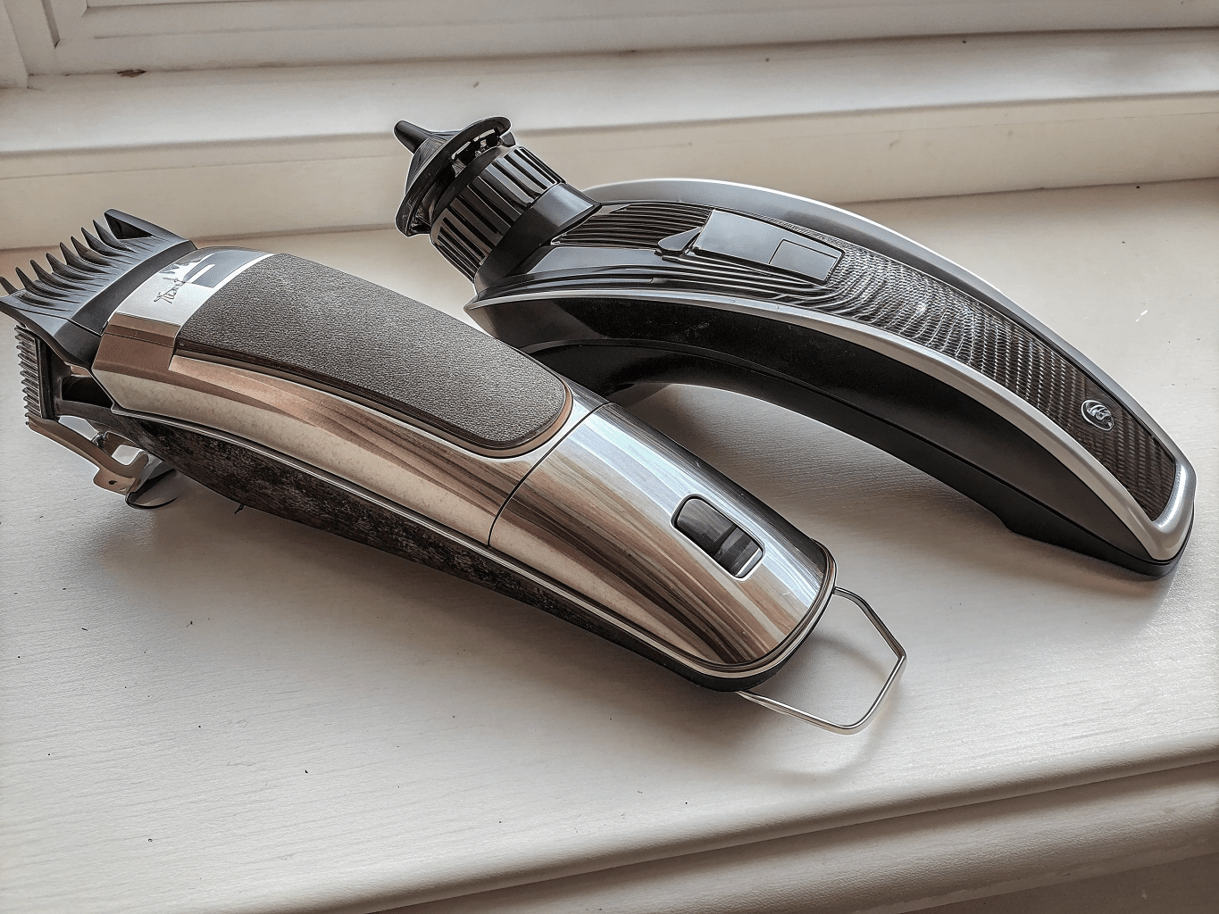
Clipper Lever: How to Adjust Hair Clippers for Perfect Cuts
Whether you’re a beginner or an experienced barber, mastering the clipper lever is essential for achieving clean, precise haircuts. From tapering fades to trimming beards, understanding the hair cl...
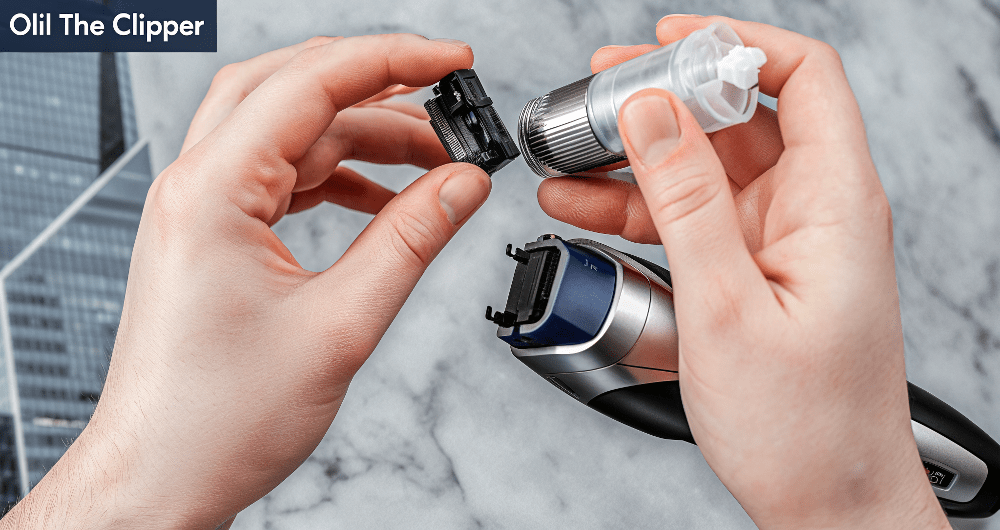
How to Oil Clippers: Step-by-Step Guide
Keeping your hair tools in top shape starts with learning how to oil clippers correctly. Proper lubrication reduces friction, extends blade life, and ensures smooth, safe haircuts. In this guide, y...
